Richard Wright
Richard Wright spent a lifetime writing against racism. The son of a Natchez sharecropper and a high school teacher, Wright grew up in Adams County and Jackson, before moving to Chicago in the 1920s. In Uncle Tom’s Children (1938) and Native Son (1940), he gave voice to the experience of American racism. In Black Boy (1945), he wrote about his personal encounters with racism. Wright joined the Communist Party in Chicago, but, finding no answers, discontinued his associated after 10 years. In 1958, his last novel—The Long Dream—returned to the theme of racism.

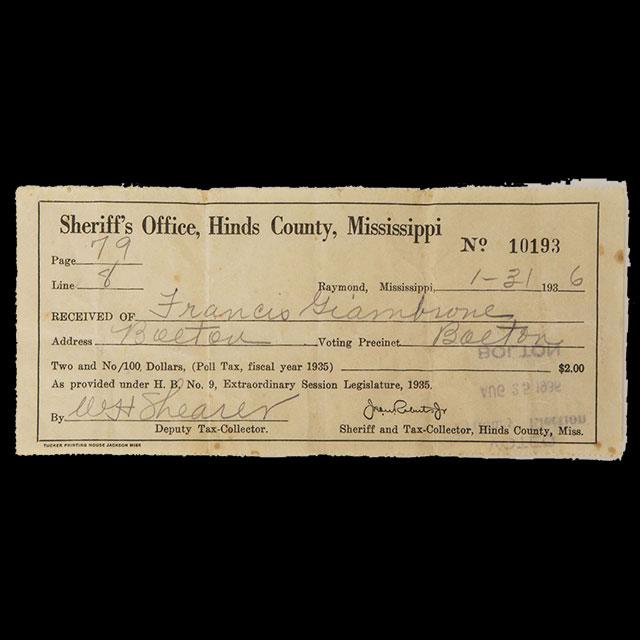
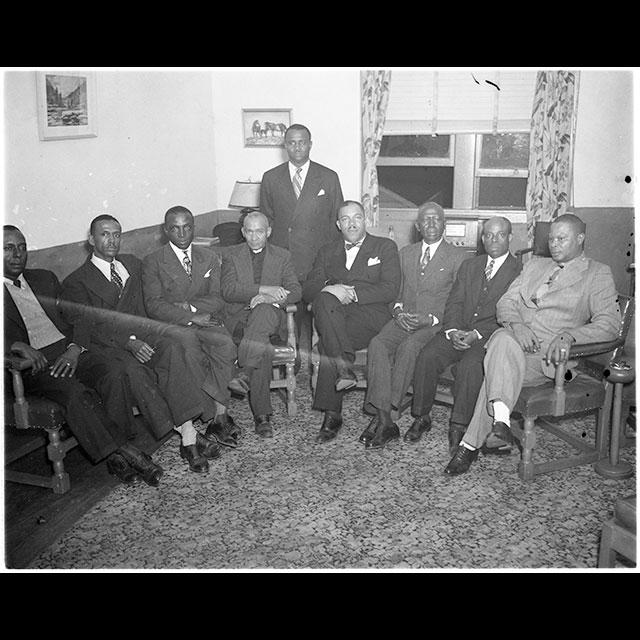

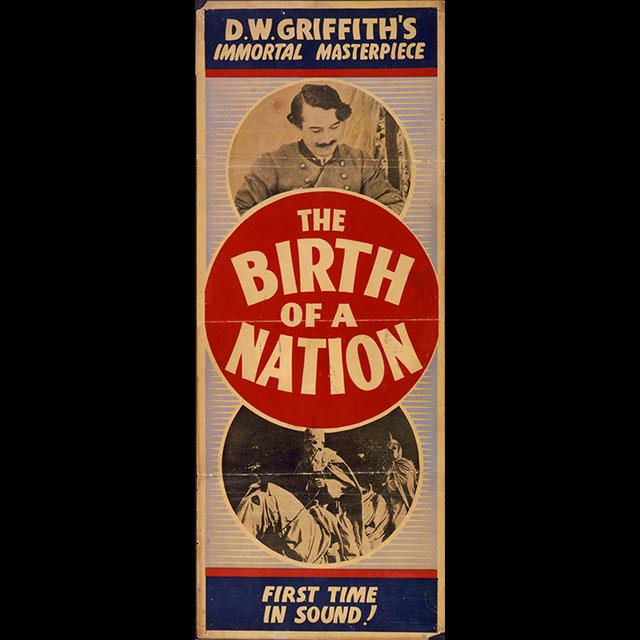
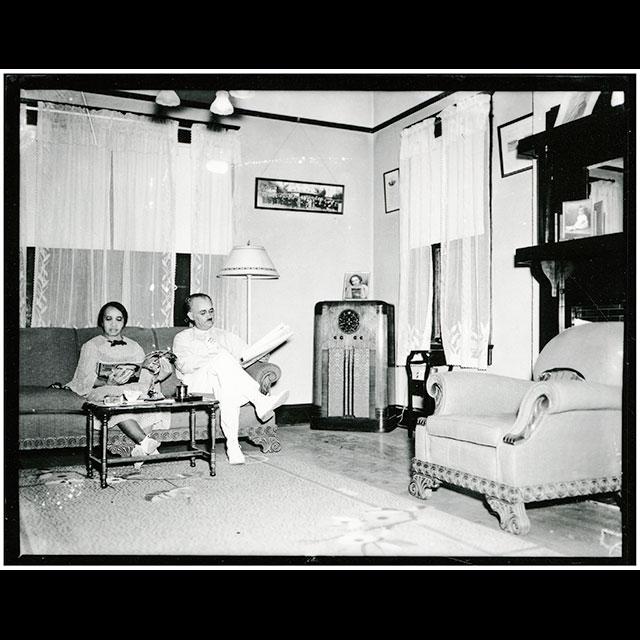
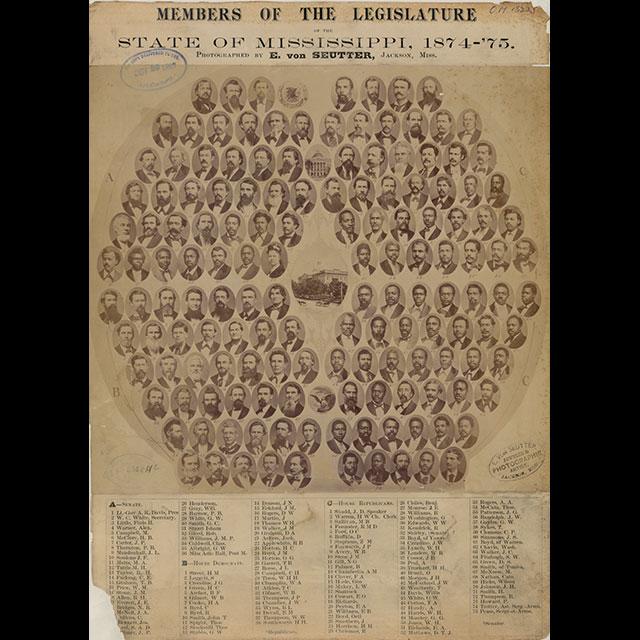
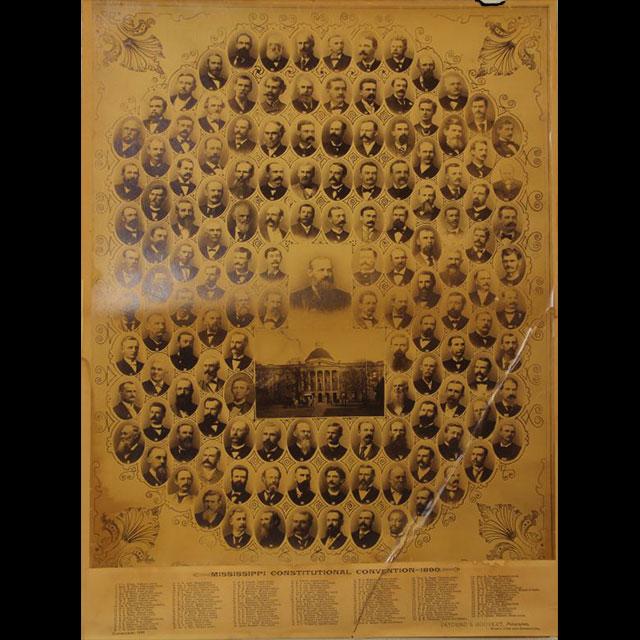
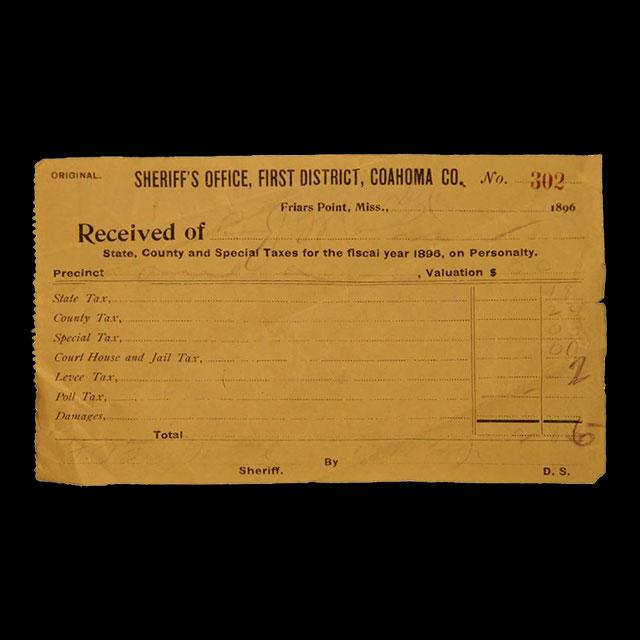
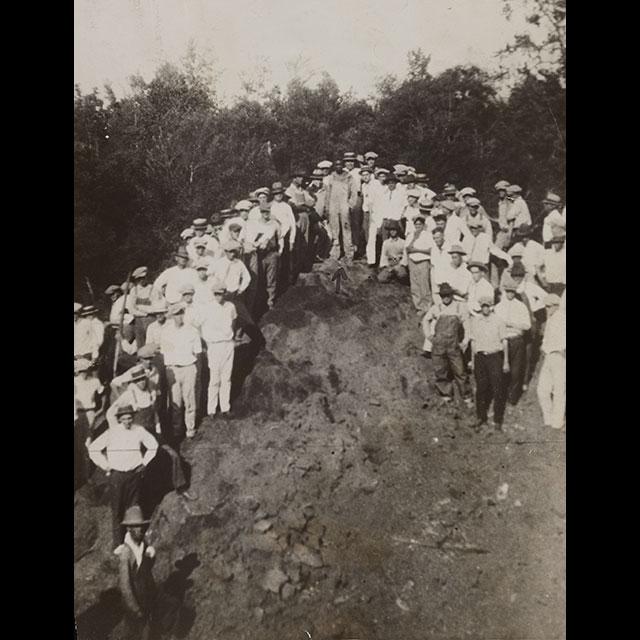
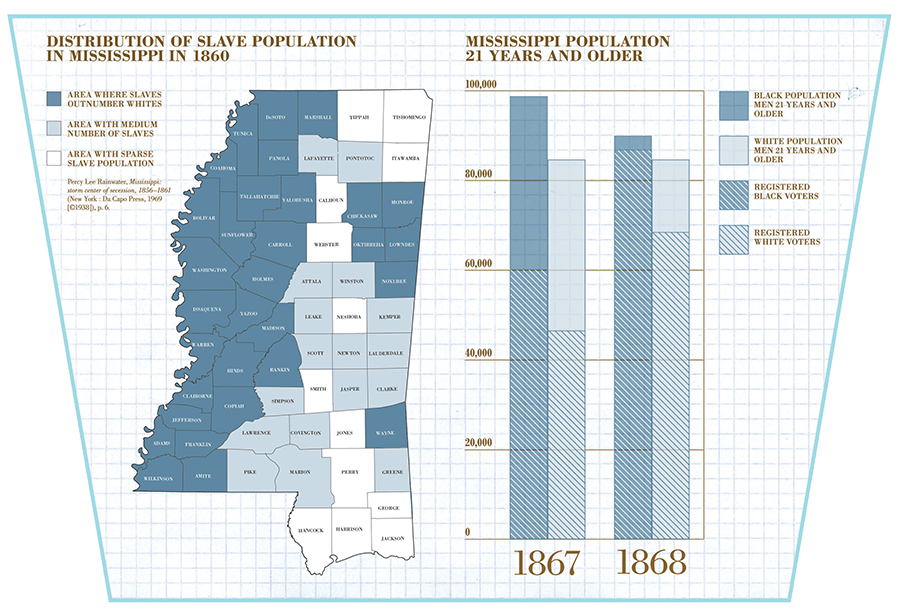
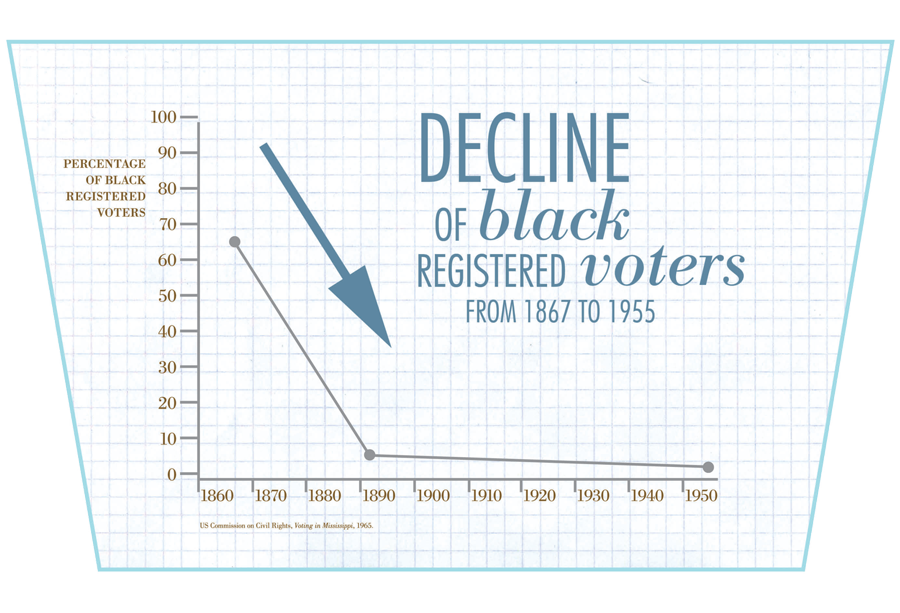
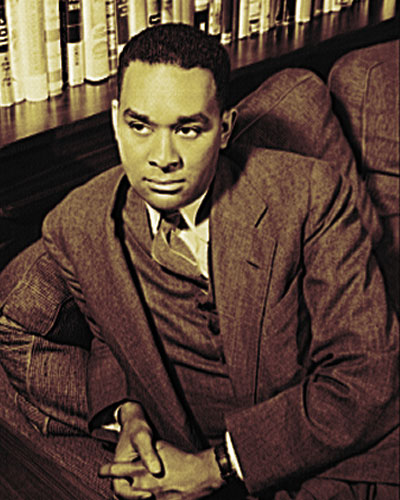
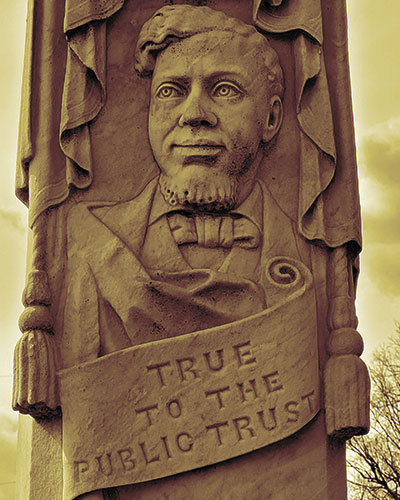
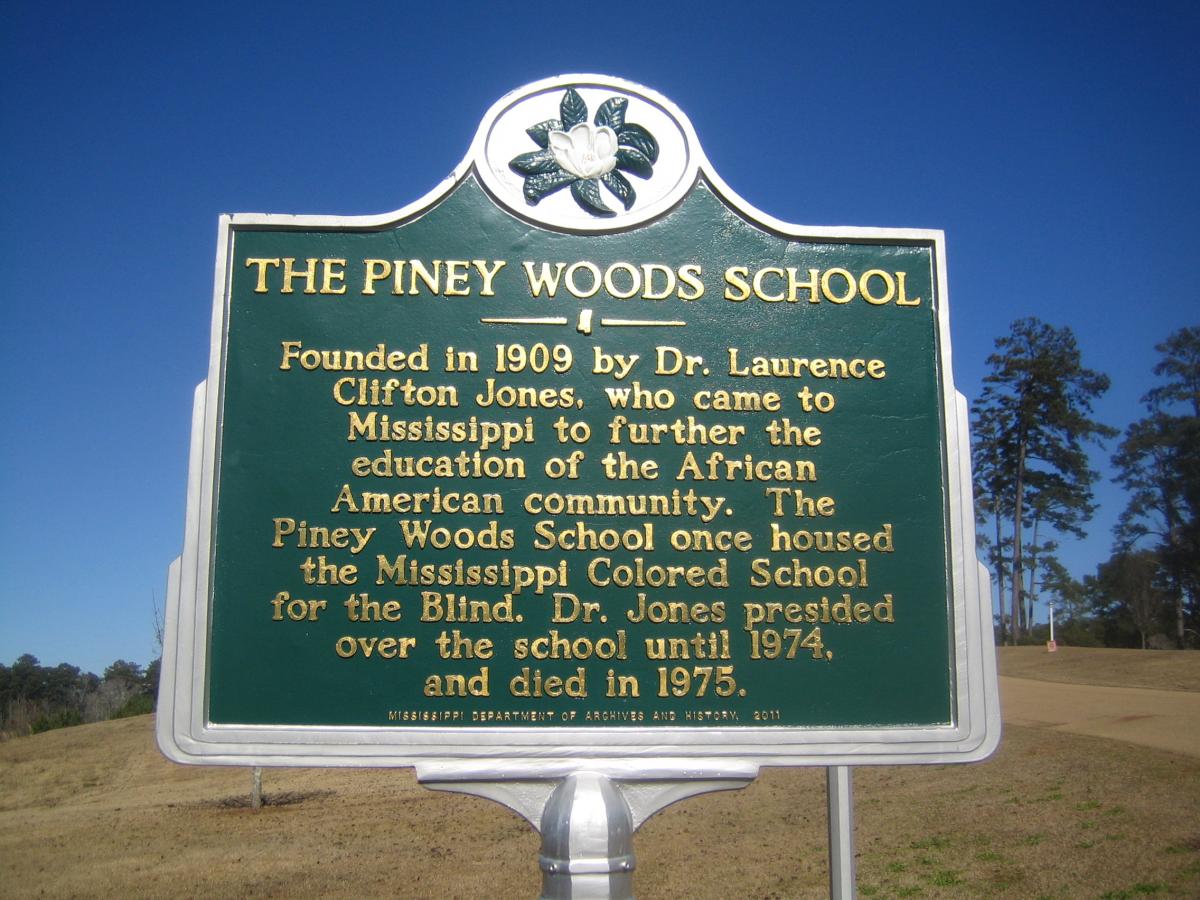 Founded by Laurence C. Jones in 1909, it is the largest, independent African American boarding school in the United States.
Founded by Laurence C. Jones in 1909, it is the largest, independent African American boarding school in the United States.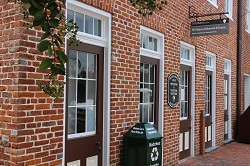 Explores the lives of free African Americans in the pre-Civil War South
Explores the lives of free African Americans in the pre-Civil War South